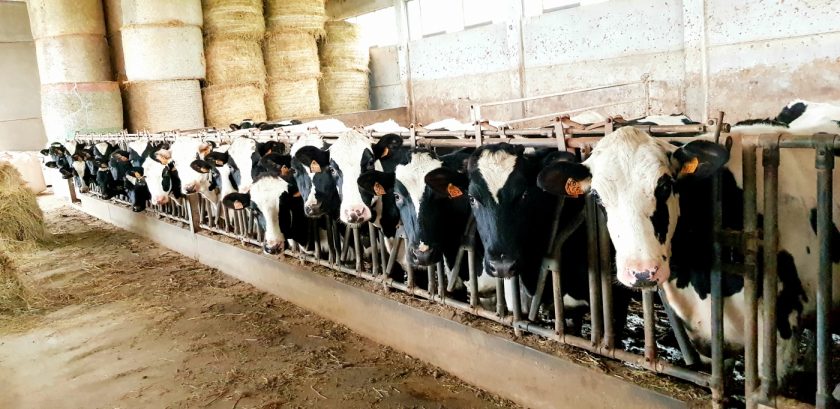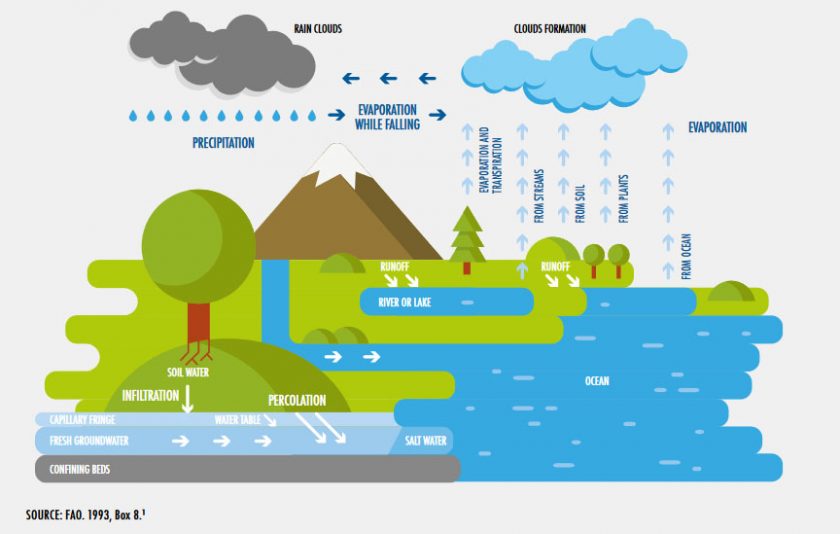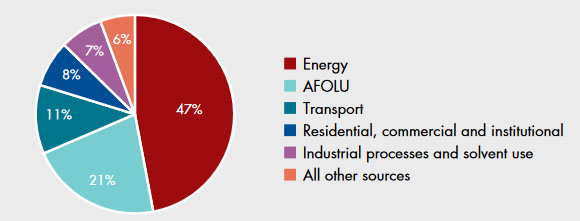Too bad that the calculations released by the media are incomplete. The emissions are reported but not the absorptions.

For decades the Great Ones of the Earth have been heated up, never was the syllogism more pertinent, on the climate. Recent discussions in this regard at the G20 in Rome and at the Cop26 in Glasgow. Meetings organized at the end of October to discuss climate issues. Especially Cop26. As always, however, at the end of the work, good intentions prevail over concrete proposals. And there is no lack of those who do not agree with the majority on the emergencies in place. In the specific case, China and Russia, which certainly cannot be defined as second-class countries.
In fact, a fairly crystallized situation with a very slow evolution. This is also due to the fact that data that, taken in their simplicity, distort the facts and therefore confuse opinions, never stop circulating. The latest example in this sense is an article in the Corriere della Sera of last November 2 on the climatic impacts of various human activities. Among these, obviously, animal husbandry. It has always been in the sights of environmentalists and radical chic and has already been accused several times in the past by the Corriere .
 Mitigating emissions in the livestock production sector
Mitigating emissions in the livestock production sector
Water: consumption and transformations
The newspaper did not fail once again to support the environmental theses by proposing an infographic that summarized only two variables. That is the "consumption" of water that the production of a kilo of meat would require and the related greenhouse gas emissions. In reality there is no "consumption" as the water is only "transformed" on the basis of a cycle that is taught to children already in elementary school. But obviously the editors of the Corriere have forgotten.
The infamous 15,000 liters of water to produce a kilo of meat are almost all an expression of the water needs of the forage plants that the cattle feed on. Considering the areas of the planet where meat farms thrive, rain alone provides for most of these needs. It follows that that water is not stolen from anyone nor is it "consumed". Animal husbandry and emissions: incomplete calculations

Furthermore, irrigation is also carried out by drawing water from water basins that are filled by the rains, the management of which compensates for the summer pluviometric deficits. Once on the ground and in the part not absorbed by the plants, the water then percolates and evaporates, returning to its eternal global cycle. It is somewhat confusing and biased to describe this cycle as a "consumption" or, worse, a waste. As also underlined by some FAO reports on the state of agriculture in the world. In particular that of 2020dedicated to water, which shows that the global macro-areas with water problems are Africa and South Asia. environmental. Animal husbandry and emissions: incomplete calculations
Greenhouse gas emissions
The same can be said for greenhouse gas emissions. Issue on which the production of beef is attributed 15 kilograms of carbon dioxide / equivalent per kilo of meat produced. Without considering the data of a second FAO report on the state of agriculture in the world , that of 2016 dedicated to greenhouse gas emissions, which states the constant decline in these emissions, it happens that in the various calculations we "forget
"Always to insert the carbon dioxide captured by forage crops to grow. What instead considered in an all-Italian study presented at the “ 3rd Agriculture and Climate Change Conference 2019"In Budapest. Study showing an interesting balance between the total greenhouse gas emissions of livestock activities and the quantities removed from the atmosphere. In particular from fodder intended for animal feed.

use”. Source: Fao.
In starch and cellulose, polysaccharides obtained through the photosynthesis process, carbon is present on average for 44 percent of the total weight. Against 27 percent of the molecular weight of carbon dioxide. For lignin, which is more complex as a structure, it is possible to estimate a carbon content that is around 60 per cent. Taking an elementary account, it is clear that to synthesize a kilo of starch or cellulose it takes about one and six kilograms of carbon dioxide. While for a kilo of lignin you need just over two. The above also accepting the fact that of the three polymers mentioned starch can be used to satisfy human metabolic needs, cellulose and lignin cannot. It is no coincidence that the FAO has estimated that 86 percent of the food of beef cattle comes from indigestible plant sources for monogastric organisms such as humans. Miracles of the rumen.Animal husbandry and emissions: incomplete calculations
Conclusions
It is therefore true that the conversion efficiency from carbon dioxide to vegetable matter and then from vegetable to animal is very low, between ten and thirty percent and therefore a large mass of vegetables is needed to obtain one unit of food of origin. animal. But it is also true that the balance between carbon dioxide produced and absorbed is in favor of the latter. To confirm, in the study presented in Budapest it is recalled that the emissions of livestock activities would be estimated at five gigatonnes and six. But on the other hand, the carbon dioxide captured from the atmosphere by forage crops would be equal to 23 gigatonnes and seven. Over quadruple. As a demonstration that if the financial statements take into account only the outputs and never the inputs, the resulting information can only be misleading.














